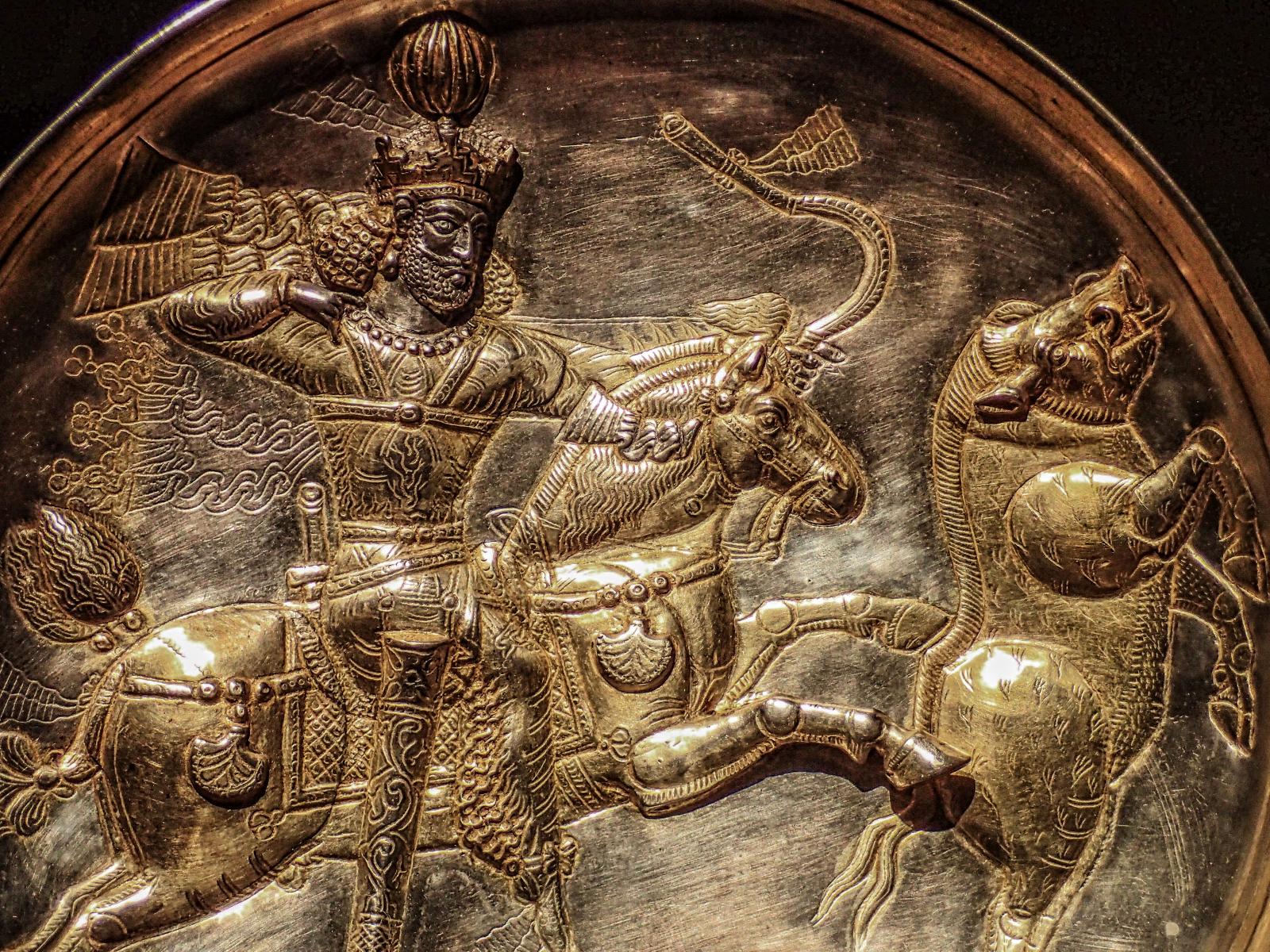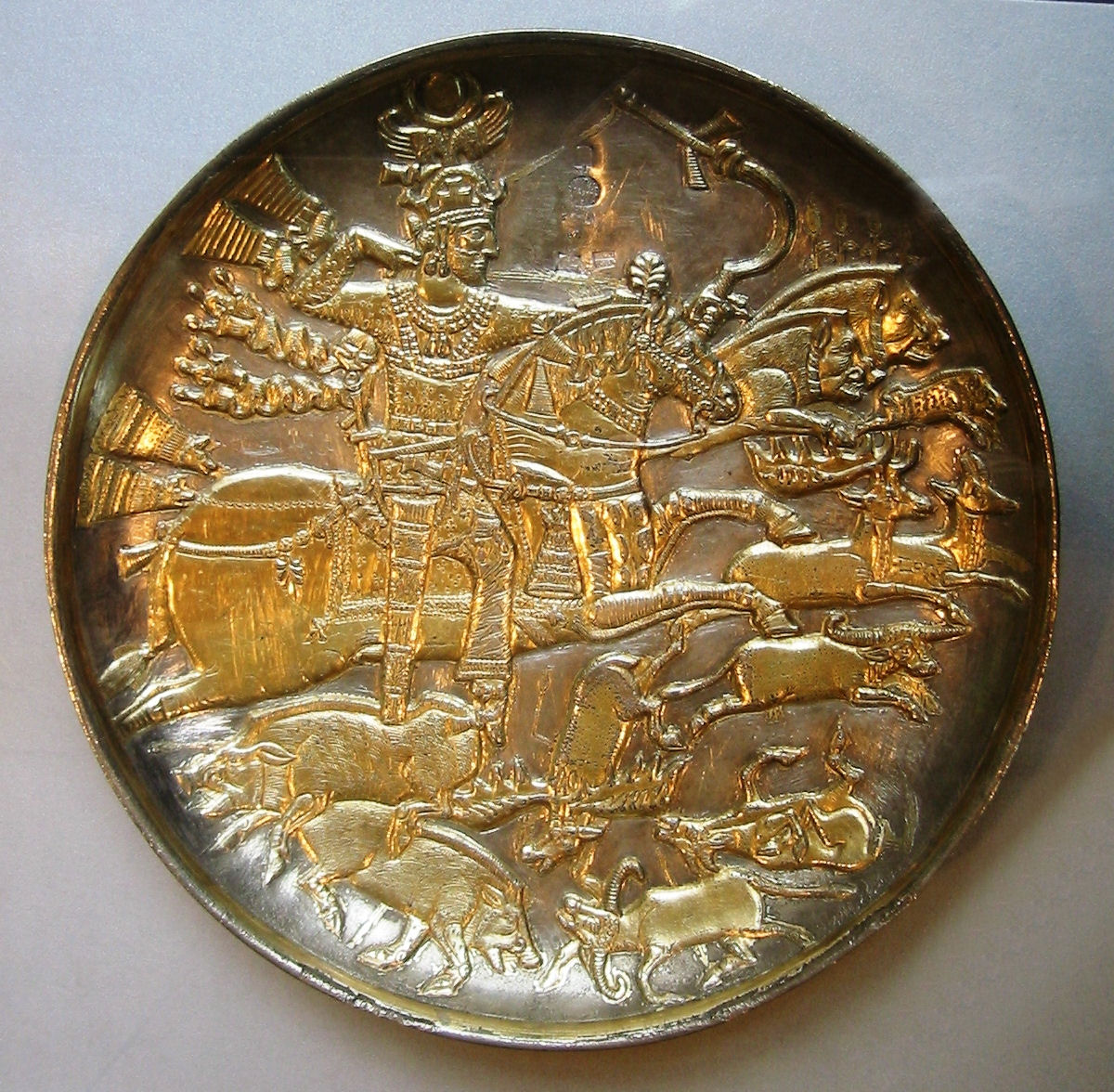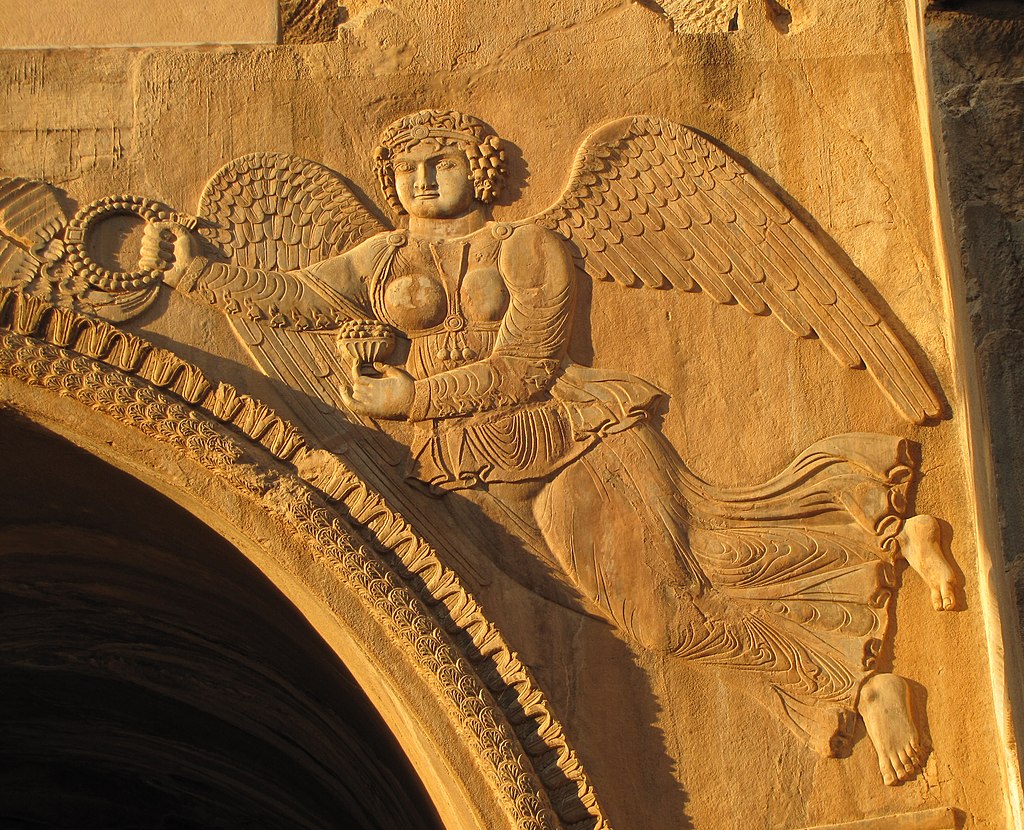In 224 CE, Ardashir I successfully overcame Ardawan (Artabanus IV) at the plain of Hormozgan to found the Sasanian Empire. Ardashir thereafter adopted the title "King of Kings" and started ruling.

In 240 CE, Shabuhr I, Ardashir's son, was appointed as his co-regent. A coin depicting both men together makes this clear, and Ardashir likely ordered it to establish a secure succession. This was due to the possibility that other sons of his who had been granted control over other provinces might have desired to ascend to the throne, as he did in his youth.
In a rock carving at Naqsh-i Rustam, Shabuhr I hailed his victory by submitting the two Roman emperors to his rule. At Ka'be-ye Zardosht in Iran, he also left us a lengthy account of his accomplishments, which is the first lengthy testament from the Sasanians themselves and illustrates their perspective in an epic story.

The following king, Hormizd I (270–271 CE), who was likely Shabuhr I's youngest son, held the kingdom for a brief period of time but is remembered for his wise leadership and the establishment of the Khuzistani city of Ram-Hormizd. According to Tabari, Hormizd was chosen as the heir to the throne due of his courage and unwavering loyalty to Shabuhr after his appointment as the ruler of Khurasan. During Shabuhr's war in the 260s, he might have displayed military prowess similar to that of his father, which provided the king the justification to name him as his heir.
Regarding religion, it is also unclear why Hormizd I permitted Mani to freely preach his ideas and also enabled Kerdir to carry on with his activities while bestowing new positions and titles upon him. This might have been a part of his strategy to contain both of the competing religions that were trying to rule the area.

